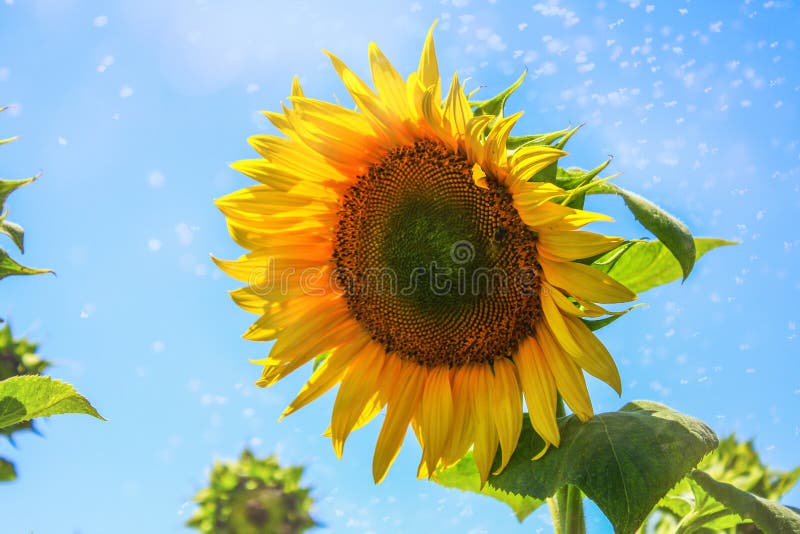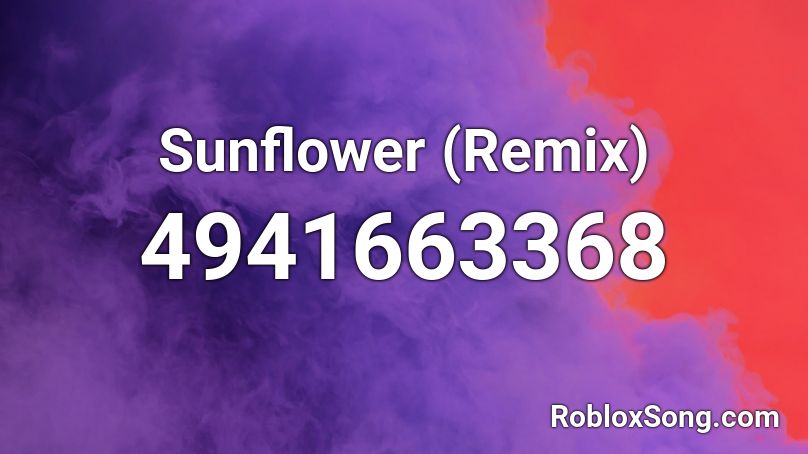

There are numerous unusual colors among the branching varieties, including burgundy, chocolate, bronze, and bicolors. 10 Recommendations for Single-stem Sunflowersīranching sunflower varieties produce numerous blooms over a long period of time, so they don't need to be succession-planted as frequently. You can treat this as an opportunity, nonetheless - see our 3 Sunflower Succession-Planting Programs to learn how. If you're selling your blooms, you will need to charge more for single-stemmed cuts to make a good return on your investment. (Although a few cultivars may send up small secondary flowers in mid-summer, this is not the norm.) This means you need to succession-plant single-stem sunflowers every 10–14 days, all season, if you want to have a continuous supply.

On the other hand, single-stem sunflowers produce just one single flower from one single seed. And their vase life is amazing, particularly the pollenless ones - up to 2 weeks in plain water. Single-stem varieties additionally have strong, thick stems and flowers of substance that make a statement and fill out a bouquet, which endears them to florists. (See our video on planning, spacing, and sequencing tips for sunflowers to learn more about how spacing influences bloom size.) You can crowd the plants into 6" x 6" spacing to produce smaller, bouquet-sized flowers or you can space them 12" apart to produce dinner-plate-sized flowers. Single-stemmed plants are more mutable than branching types in regard to the size of the flower you can produce. (See our article on how day length affects flowering for more detail.) In addition, there is a good selection of day-neutral single-stem varieties that can be grown in a hoophouse early in spring or late in fall.
Html sunflower code plus#
And, if left to mature on the stem rather than being cut, they will also be likely to produce some seed.Ĭontinuing on the plus side for single-stem sunflowers, many of these varieties are really quick to bloom, needing just 60 days from seeding date to reach harvestability. Pollenless sunflower varieties planted in proximity to regular, bisexual sunflowers are likely to be visited and pollinated to some extent by pollinators that have visited the regular flowers. While pollenless varieties do still produce nectar, and thus sustain nectar-feeding organisms such as butterflies and hoverflies, all bees need both nectar and pollen to survive. Single-stem varieties, including the Sunrich and ProCut series, are pollenless hybrids, which means they do not drop pollen on furniture, tablecloths, and clothing, as non-hybrid sunflowers do.
Html sunflower code series#
The 'Sunrich' series and 'ProCut' series are well-suited to beginners and pros alike.


 0 kommentar(er)
0 kommentar(er)
